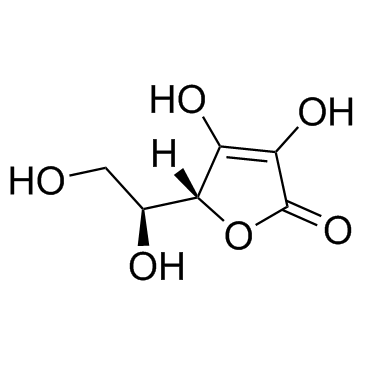| 结构式 | 名称/CAS号 | 全部文献 |
|---|---|---|
 |
抗坏血酸
CAS:50-81-7 |
|
 |
层粘连蛋白
CAS:114956-81-9 |
| 结构式 | 名称/CAS号 | 全部文献 |
|---|---|---|
 |
抗坏血酸
CAS:50-81-7 |
|
 |
层粘连蛋白
CAS:114956-81-9 |